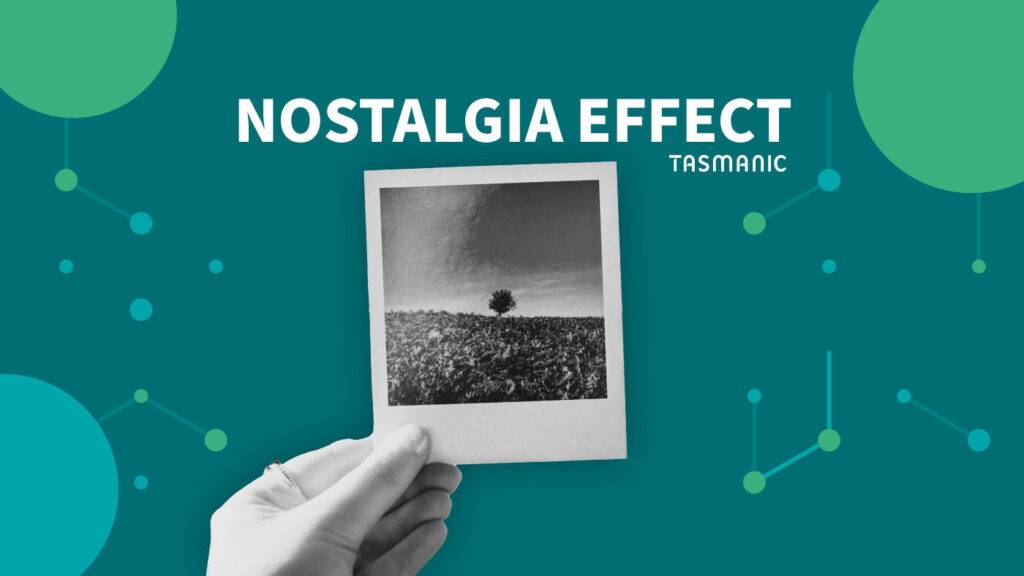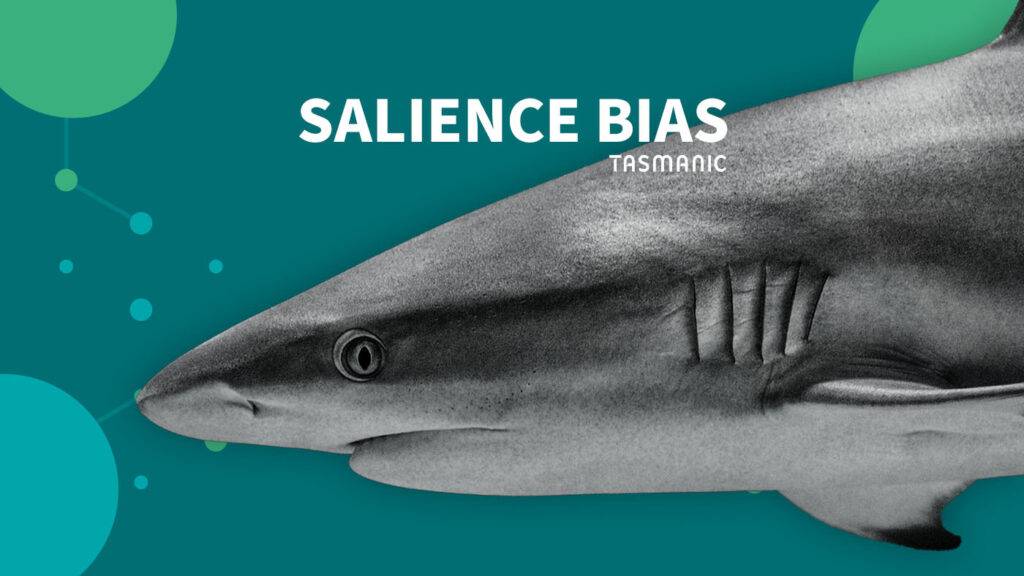
Last updated June 14, 2023
Introduction
How do you ensure that people think of your business precisely at the moment they are planning to buy? That's an important question entrepreneurs should be asking themselves. Category Entry Points (CEPs) play an important role in this regard. In this article, we explain what CEPs are and how you can use them as an entrepreneur.
What are CEPs?
CEPs stands for Category Entry Points. They are so-called "cues" or leads that cause a consumer to think of your brand in a buying situation (Romaniuk, 2021).
CEPs can be either intrinsic or triggered by external situations. For example, a beer brand's CEP may be "thirst" (intrinsic motivation) or "a warm summer day" (external situation). So a CEP is actually a need, and you as a brand, product or company want to be the first to come to mind in response to that need.
Of course, every buyer and every buying situation is unique, but every brand has recurring CEPs. As a marketer, it's nice to know what cues make someone think of your brand. What links or associations are there in someone's mind? What triggers the thought of your brand? And how do you make sure the association is strong enough that it comes up during a buying situation? Because once this association is made, it can stay there for decades.
Examples in practice
According to Romaniuk and Sharp (2000), you can use five relevant questions (5 W's) to find out what the CEPs of your brand or product are:
- Why?
- When?
- Where?
- With whom?
- With what?
Take the example of 4 hours of Cup-a-Soup. If we look at the 5 W's there, you get the following answers:
- Why: consumer is hungry but it is not yet time for dinner
- When: just before dinner
- Where: often at work
- With whom: often with colleagues
- With what: often behind the laptop
As a marketer, it is important to create as many CEPs as possible so that as many associations as possible can be created at the time a consumer wants to buy something. How often people think of your brand is what Romaniuk and Sharp call a brand's "mental market share.
It is very likely that mental market share and real (sales) market share are not equal to each other. With more expensive products, such as an iPhone, consumers are much more likely to think of the Apple brand than to buy something from Apple. Chances are they will end up choosing a cheaper brand in the store anyway. And with that cheaper brand, the opposite is probably true: this brand has a lower mental market share, but is still sold more often in real life.
How can you use CEPs to build a strong brand?
Most purchases start not by searching in Google, but in your memory. That's why it's important to create memories. But how do you do that as a brand, product or company?
- Put out questionnaires among your customers. Ask them about the 5 W's when they think of your brand, product or company. Also use the 5 W's when brainstorming with your marketing team. What opportunities do you see in the answers you get?
- Involve your CEPs in all marketing activities that can reach consumers. Think of touch points like your website, ads, brochures and conversations. Highlight the most important or relevant CEPs.
- Remind decision-makers of your CEPs regularly.
- Next time you're thinking about a strategy to grow your brand, try building CEPs alongside your standard segmentation. What associations can you build around a particular need?
- Once you've captured that place in the consumer's mind, it's also important to have a physical presence. Is your customer thirsty? Then your product must be within reach for them to buy. If the need is there, it should be easily answered.
Resources
Romaniuk, J. (2021). "Building Mental Availability. How Brands Grow: Part 2." J. Butler. Victoria, Australia, Oxford University Press: 61-84.
Romaniuk, J. and B. Sharp (2000). "Using known patterns in image data to determine brand positioning." International Journal of Market Research 42(2): 219-230.
Sharp, B. (2010). "How brands grow: What marketers don't know." South Melbourne, Vic: Oxford University Press.
Is your company missing opportunities?
Our pay is based on your results.

















 Team
Team FAQ
FAQ Prices
Prices Vacancies
Vacancies Contact
Contact Marketing
Marketing SEO
SEO SEA
SEA Strategy
Strategy Sales
Sales Optimization
Optimization AWR
AWR Ahrefs
Ahrefs Channable
Channable ContentKing
ContentKing Leadinfo
Leadinfo Optmyzr
Optmyzr Qooqie
Qooqie Hubspot
Hubspot Semrush
Semrush




